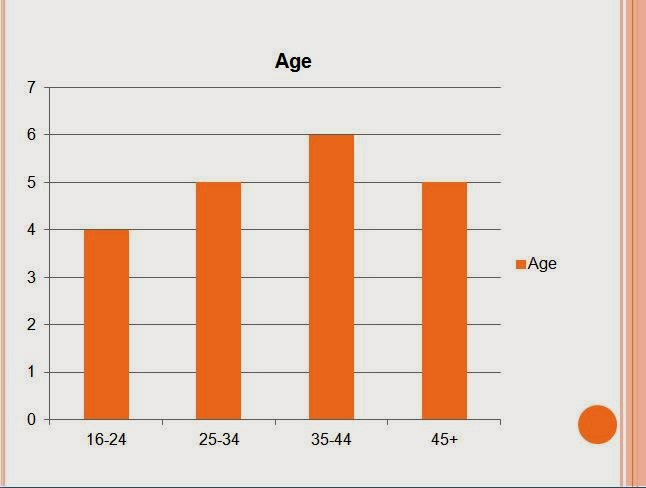Applying narrative
to my course work
Narrative is any account of
connected, linked events presented to a reader or viewer. In stories, narrative
is constructed in terms of language and code. Numerous theories about how
stories are portrayed in media exist and I will discuss some theorists and how
they apply to my coursework and newspapers in general.
Roland Barthes is a French Linguist
who described 5 codes which are present and woven into any narrative. Barthes’s
code consists of the enigma code, action code, semantic code, referential code
and symbolic code. The enigma code refers to any element of a story that isn't fully explained and is left a mystery until the end. This is to keep the readers
interested in the story that is being told. The enigma code can be easily applied
to my production as often in a papers article, a short summary is given in a
headline, however the story is not fully explained to the very end of the
article when a short conclusion and resolution is given. Also some local newspapers often feature follow up articles too, in which readers find out more information on a subject at a later date when more information comes available. The most common examples being articles on crime, where the resolution to a crime is published at a later date. The action code is the
second of Barthes’s code; it applies to any action that implies another
narrative action. For example a women standing by a bus stop implies she is
waiting to travel somewhere using a bus. This code can be applied to papers, in
that a photograph and bold title next to an article leads readers to assume the
paper is on a specific subject. An example that will feature in my local newspaper would be a picture of a boy posing with a can of monster energy drink. This will suggest that the article is going to be on energy drinks and young people. The semantic code points to any element in a
text that suggests a particular additional meaning by the way of connotation
which the story suggests. Basically the semantic code is symbols that are
present that might suggest an idea. For example a row of clothing outlets and
coffee shops might suggest a shopping centre and urban scene without actually
explaining something. The Referential code relates and refers to an external
body of knowledge which could take the form of scientific, historical and
cultural knowledge. This specific code applies to local newspapers as they often take advantage of the readers cultural knowledge especially knowledge of the local area and current/past events. Local Papers often feature several references which can only really be understood by someone who is living within the local community or surrounding area, seemingly it would only interest locals as well. The symbolic code acts on a
wider level, it organises semantic meanings into more in depth meanings and is
based around binary opposites, for example good vs evil. An example of how this
could be in an article in my paper would be a story covering a criminal and a
victim.
Todorov is a Bulgarian author who
proposed a narrative theory. He proposed that narrative followed a 5 step program.
The first of the stages is the Equilibrium; this is the stage where life is
ordinary, and disruption free. Then following the equilibrium the stage of
disruption occurs, this is where disruptive, unusual events occur and people’s life’s
change, usually for the worse. The third step is the conflict stage. In this
stage subjects face there issues and do something about the disruption. After the
conflict and disruption has occurred there is generally some sort of resolution
where by things are made better and a new, positive equilibrium is created.
Only Parts of Todorov’s theory can be applied to articles in local newspapers
and therefore to my production of a paper. Local newspapers tend to only
feature some elements of his 5 stages, for example usually an article in a
local paper starts with disruption, explains the disruption and then states the
resolution to the story and the new equilibrium for the subjects. An example of when i will use Todorov's structure to format an article will be when i discuss a local man and his neighbors struggle with a plot of land in front of their house and their campaign to purchase the land. I will initially report on the disruption of how the government didn't take care of that land and the struggle to purchase it. After this i will discuss how the issue was resolved and how the land was obtained and all worked out in the end.
In conclusion there are some key
theorists whose work applies to my production of a local newspaper. In order
for me to create articles and create a local newspaper that interests and keeps
my audience interested in the articles, I will look to use the structures
proposed by narrative theorists such as Todorov and Barthes. I will look to
follow Barthes’s codes very carefully, more so than any other theorist’s codes.
This is the case because the 5 codes proposed can be applied to papers easily in
comparison to any other theory and will surely aid me in producing extremely
high quality articles that should appeal to my target audience.

















